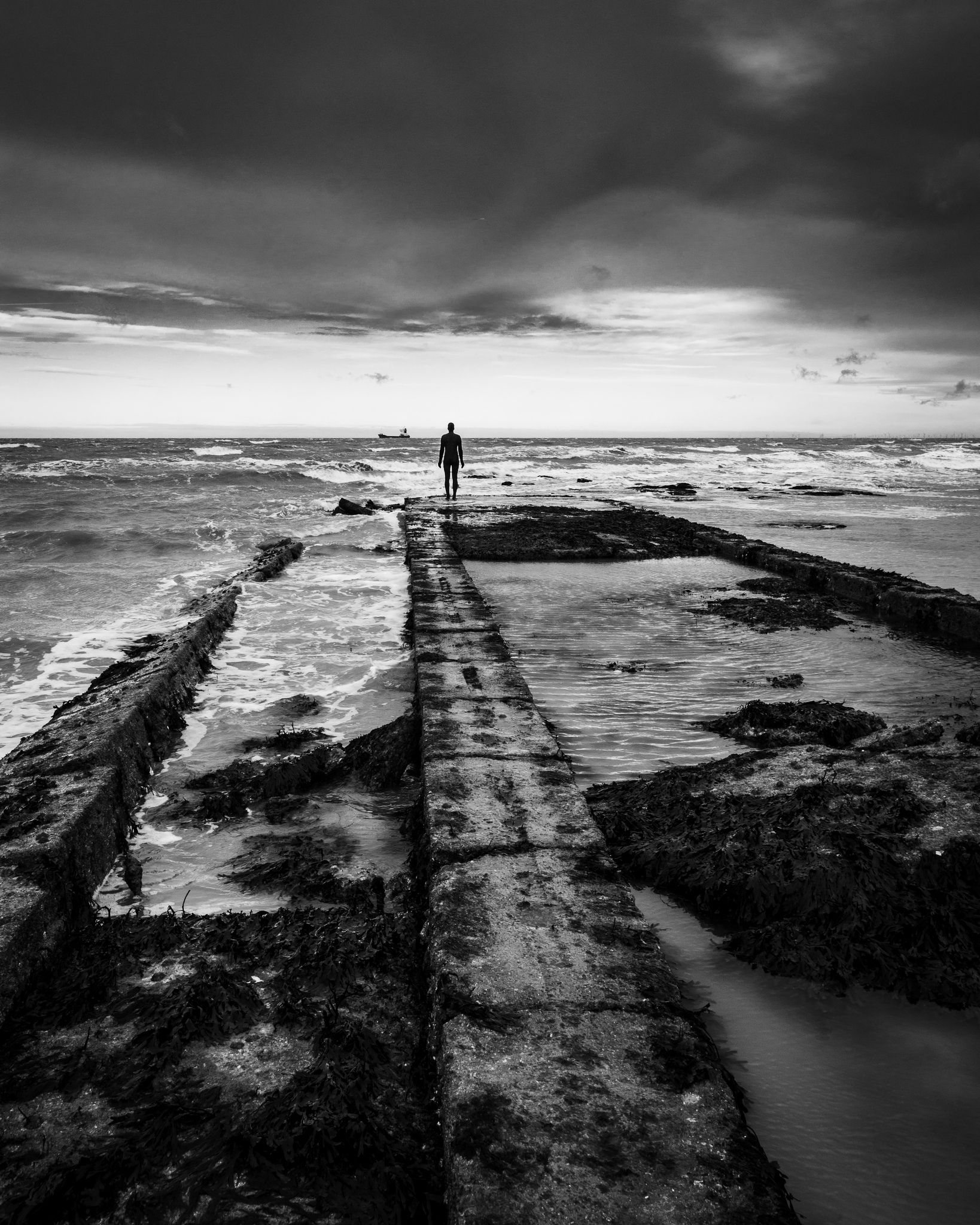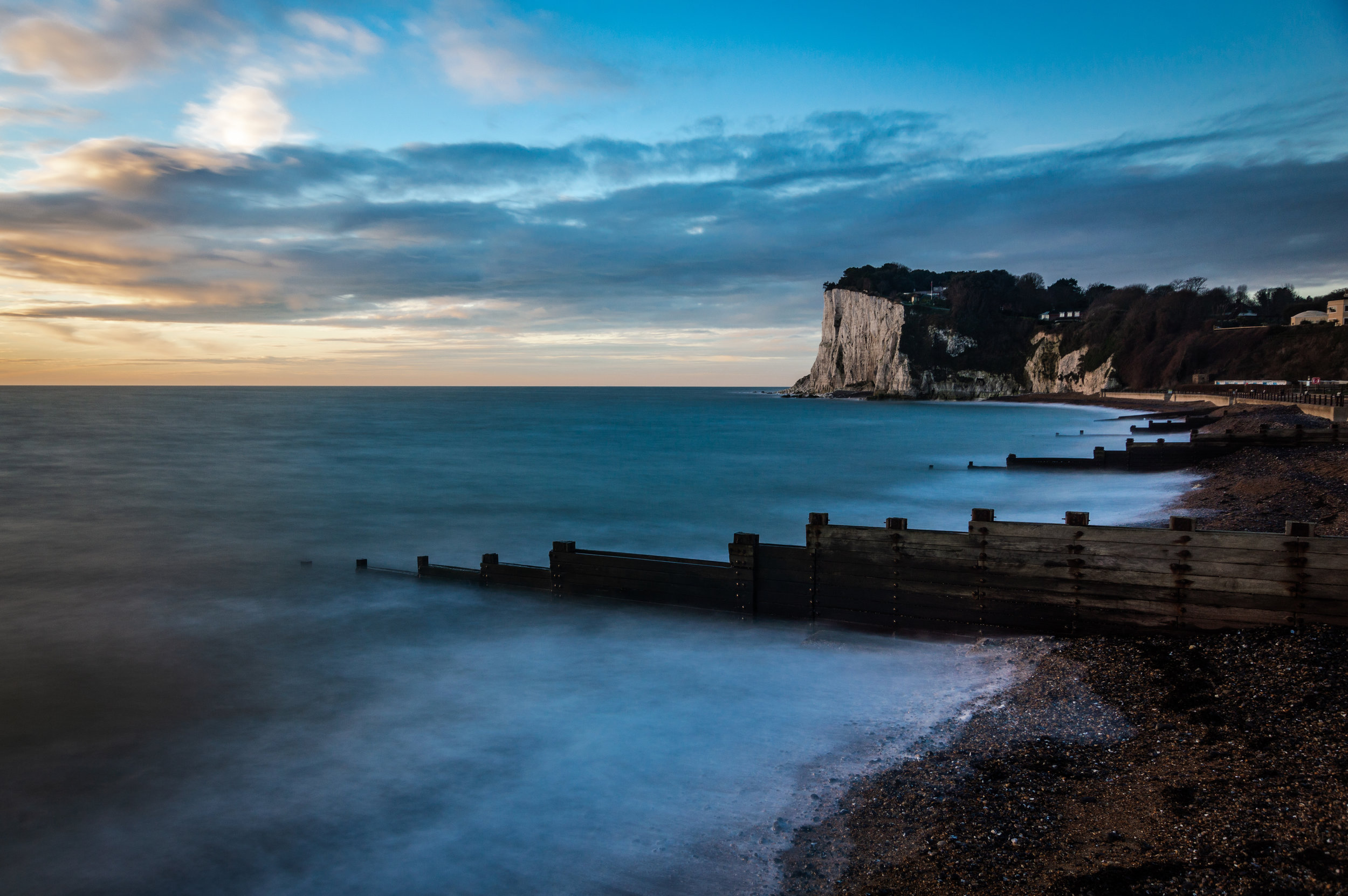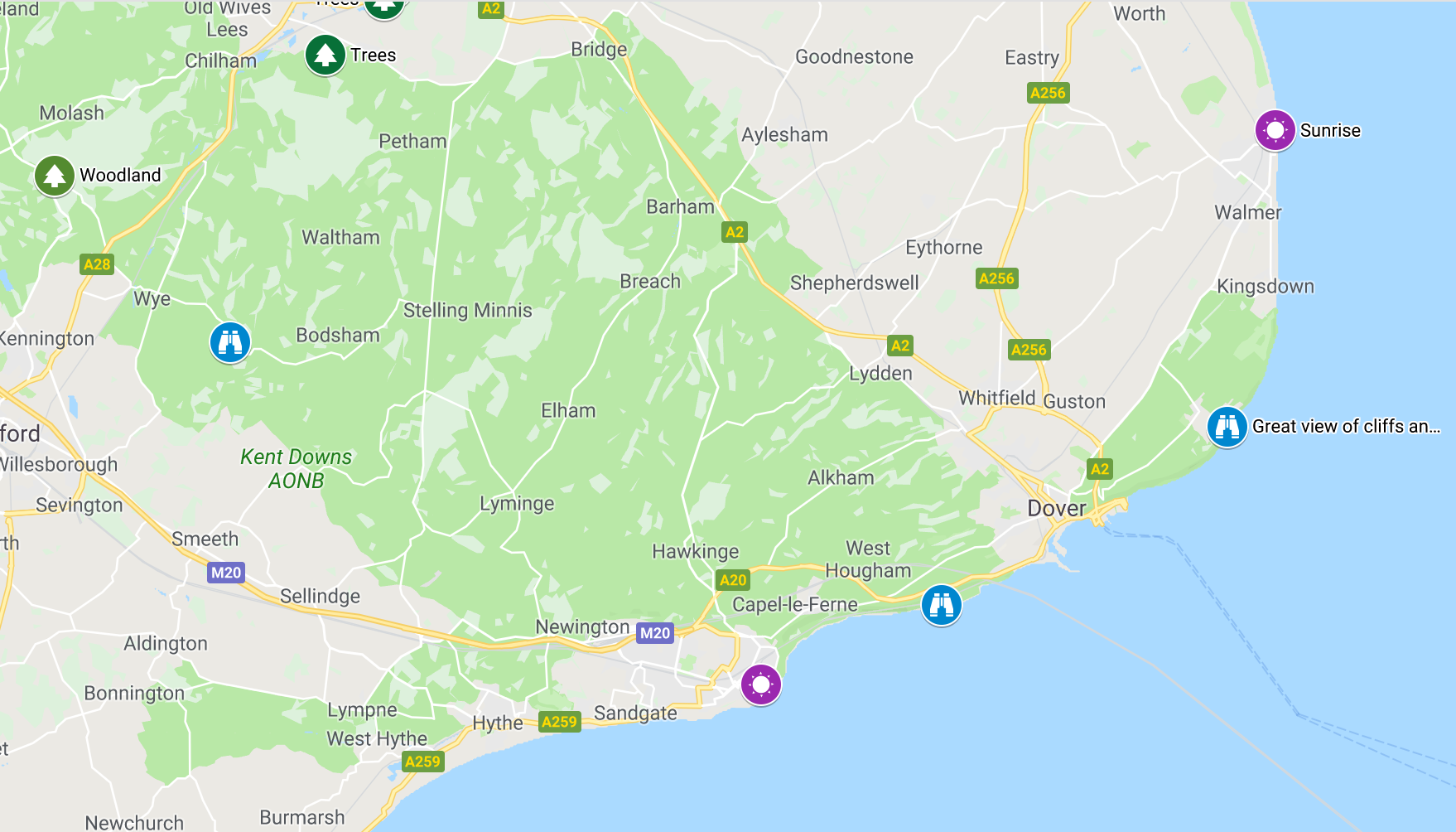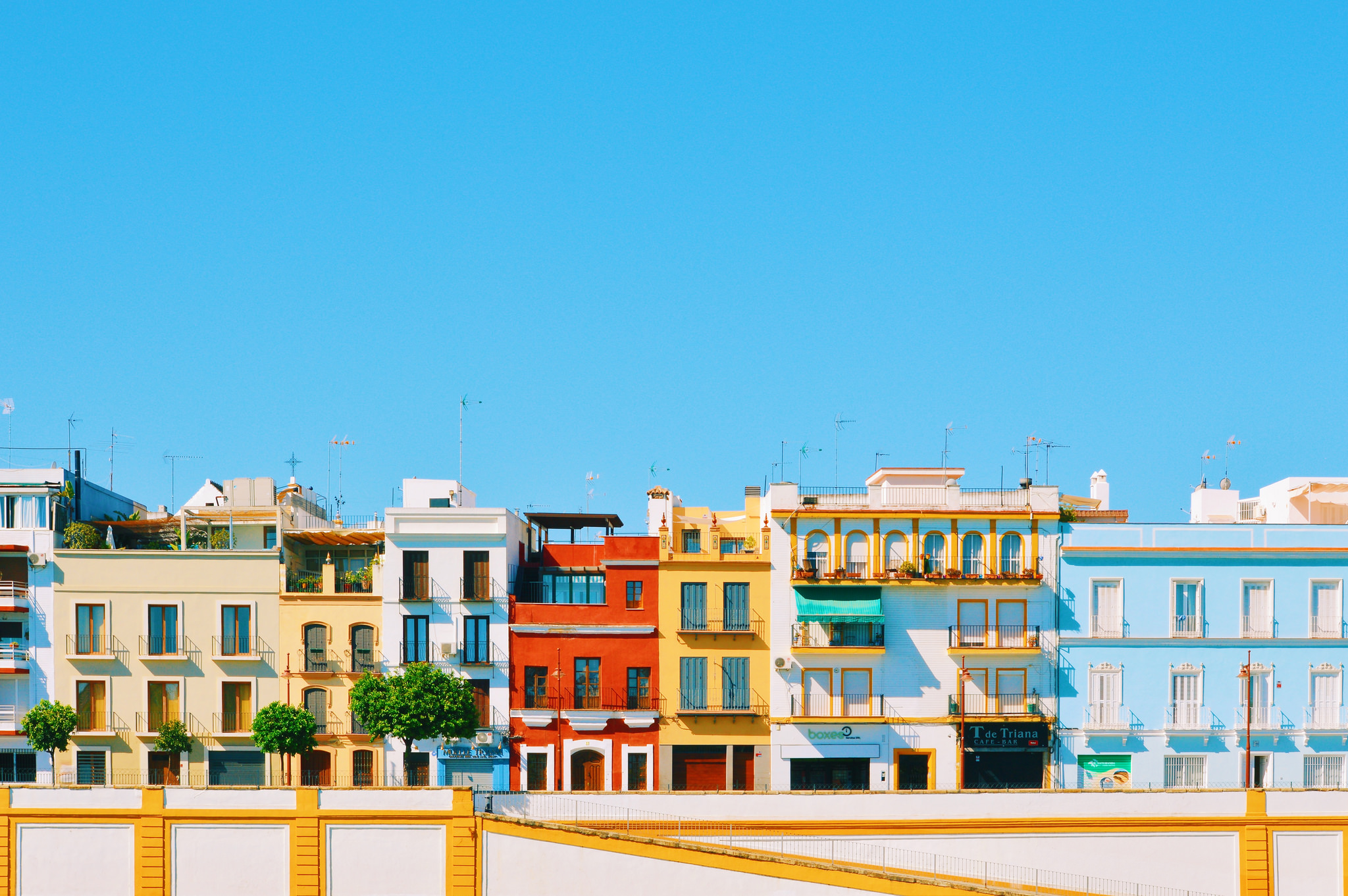Ever have one of those mornings where you look around you and think “why didn’t I stay in bed rather than come out in these conditions and try to take photos”? Well, I certainly had one of those occasions walking past the Turner Contemporary in Margate last weekend. Not that I really looked around much. I was too busy trying to walk into the blustery winds to get back to the car. But, you know, the thought crossed my mind.
Like pretty much all other amateur photographers (I’m sure there are exceptions), the weekends are my one opportunity to get out with the camera and shoot some scenes. Normally this means spending all week checking the weather apps, hoping that there is an opportunity at some point. Maybe more than one. Let’s not get carried away though…
Sometimes this means buckling down and just going out no matter what to no matter where. It just so happens that last weekend that no matter where was Margate. Car packed, layers on, off I went on a 45 minute drive to the North Kent coast hoping that there might be a decent sunrise. Hmm…yes.
Margate is another one of those East Kent towns with a strong-ish connection to my past. Back in the day I worked in Cliftonville, just outside the town. There are a lot of things I could say about Cliftonville back then. Deprived and forgotten about would be two such things. I have a weird mixture of feelings when I go to Margate now. Great it’s been redeveloped, sad that (as per usual with such redevelopments) the locals find themselves priced out of the town as the middle class move in, buying up their second homes and turning the town into a “creative hub”, or whatever. But anyway, there is no denying that Margate has some amazing skylines. As I recall, some painter dude was quite keen on it too.
Sadly there was no glorious sunrise. There was cloud. There was wind. There was sleet. There was ice cold air. This is not what I came to Margate for. So I wandered around. Headed back to the car. Moved to another car park and waited. Then the rain stopped. Sort of. I mean, it was less of a sting on the face than it had been about 45mins earlier. Seemed like that meant it was a sign that maybe I should leave the increasingly misted up car, and head back to the coastline.
It was still cold and still windy, but I persevered. I also nearly lost my tripod and camera on two occasions as the wind lashed across the beach. So that was fun. Needless to say, I also fancied my chances of getting some nice long exposure shots with my 10 stop. Spoiler alert: 30 second exposures in strong winds are not wholly successful. That’s definitely being written in all caps in my photo notebook…
I snapped a few shots, none of which I was particularly happy about. I found I struggled for inspiration, as I often seem to do in Margate. I find the obvious shots, the obvious scenes, but I always feel I am missing something a bit special. Perhaps I need to spend more time there on a day where I don’t feel like I’ve been thrown into a washing maching on a real cold wash. I mean, that can’t hurt, right?
And lo…some two hours after sunrise, the sun…appeared. Too late for some good low light fun, but at least there was some interest in the sky. You cling to what you can get.
I’ve not quite figured out Margate, despite those connections. I guess I’ll get there in time. Definitely when it’s not as cold and miserable.
And so, with feelings of disappointment, I headed back home. Mind filled with what might have been had the conditions been right. Well, that and the dude who walked up next to me on Fulsom Rock wearing jeans and a hoodie, gave me a cheery “morning”!, produced their smartphone, took a snap and walked off. I looked at my tripod, my multiple layers and thought… ”yeah, I should have stayed in bed”.












